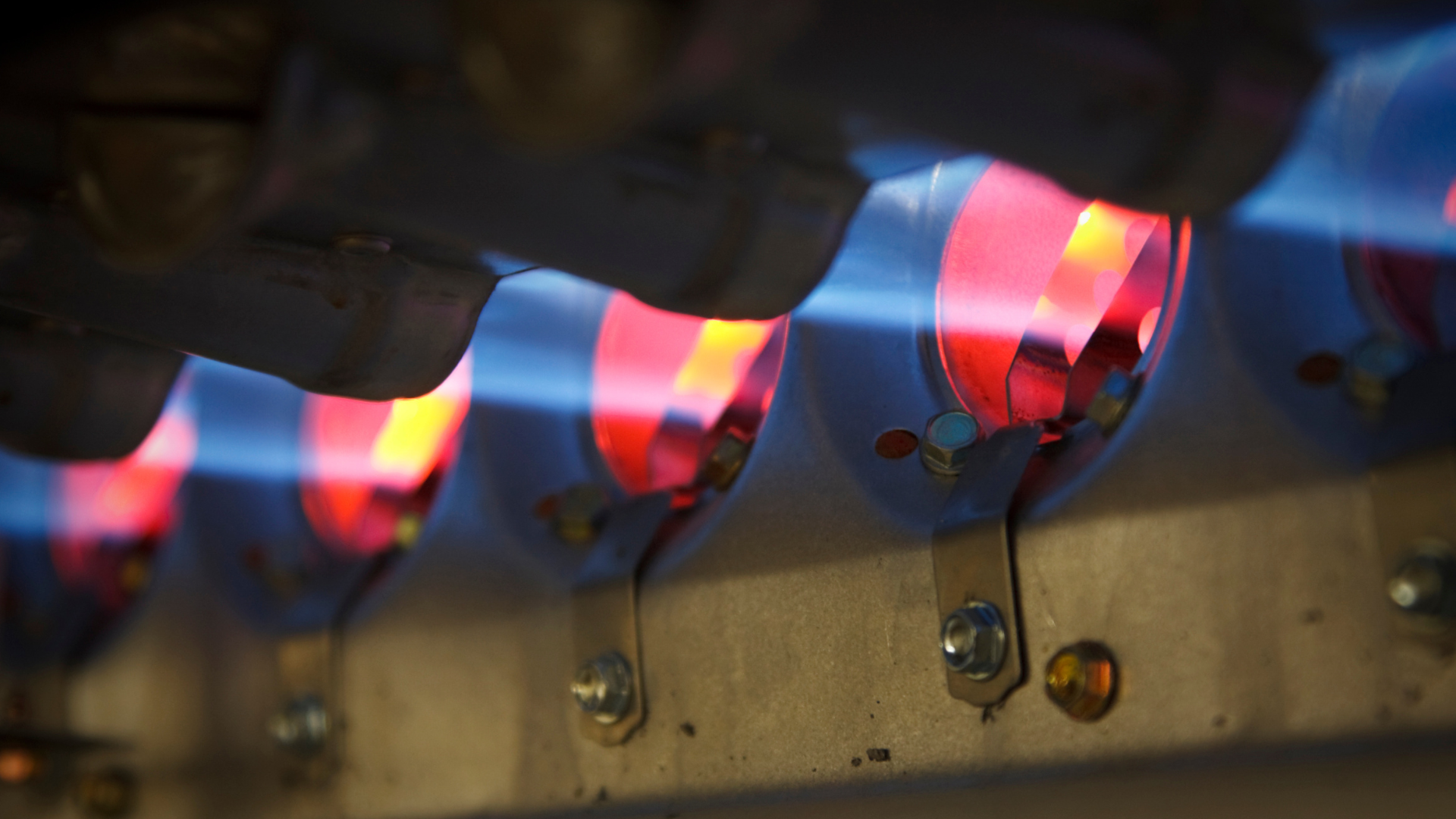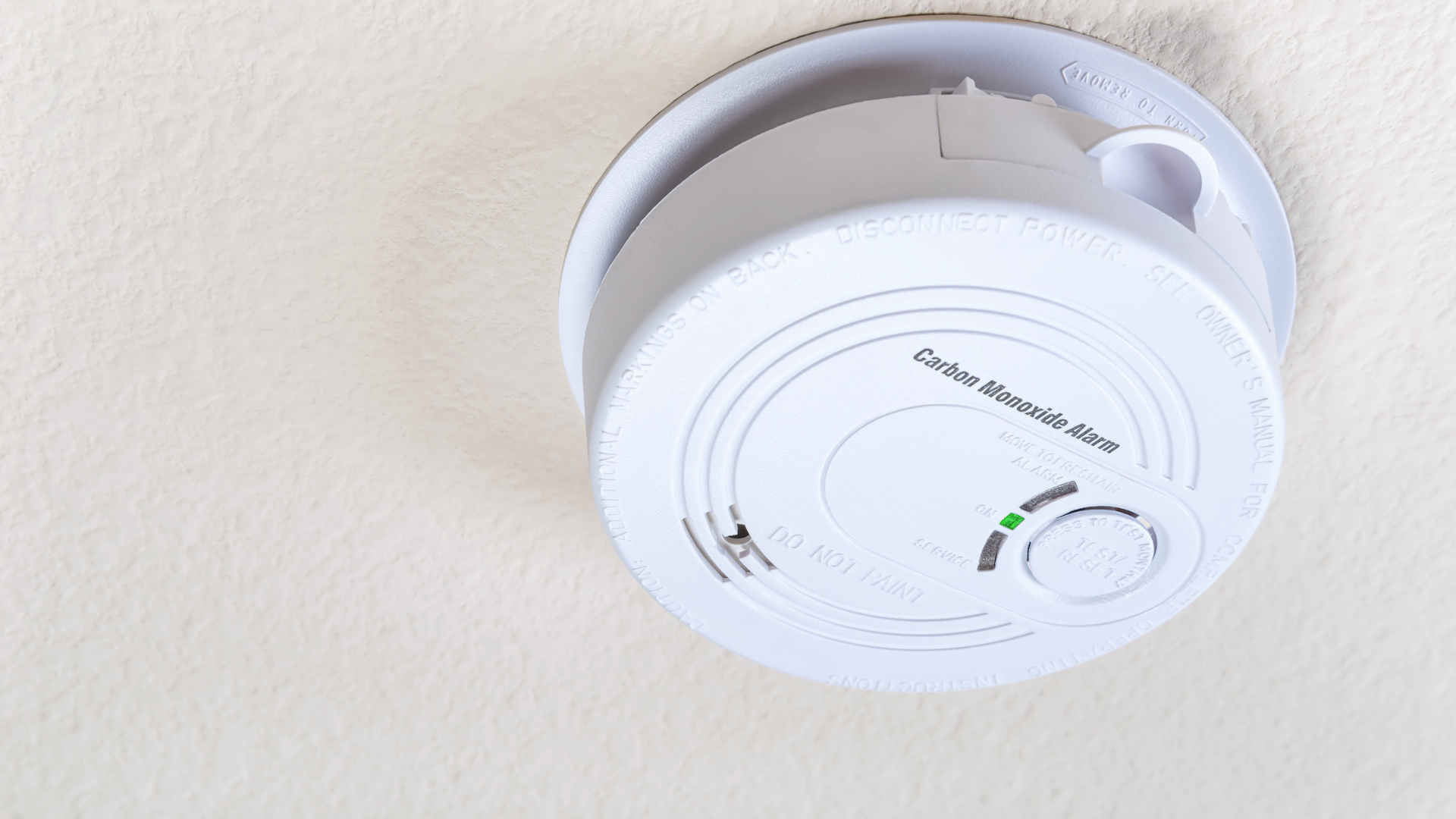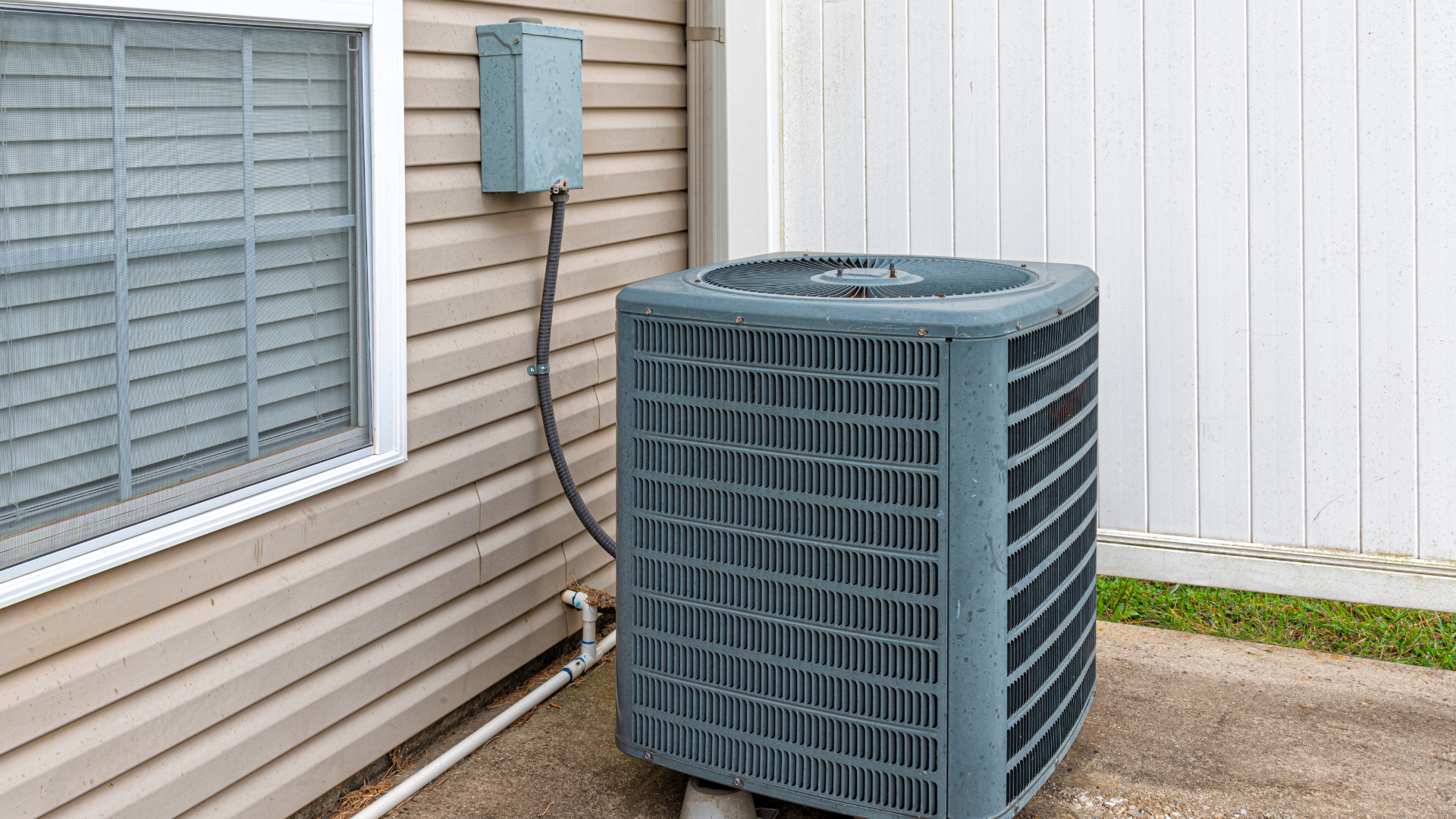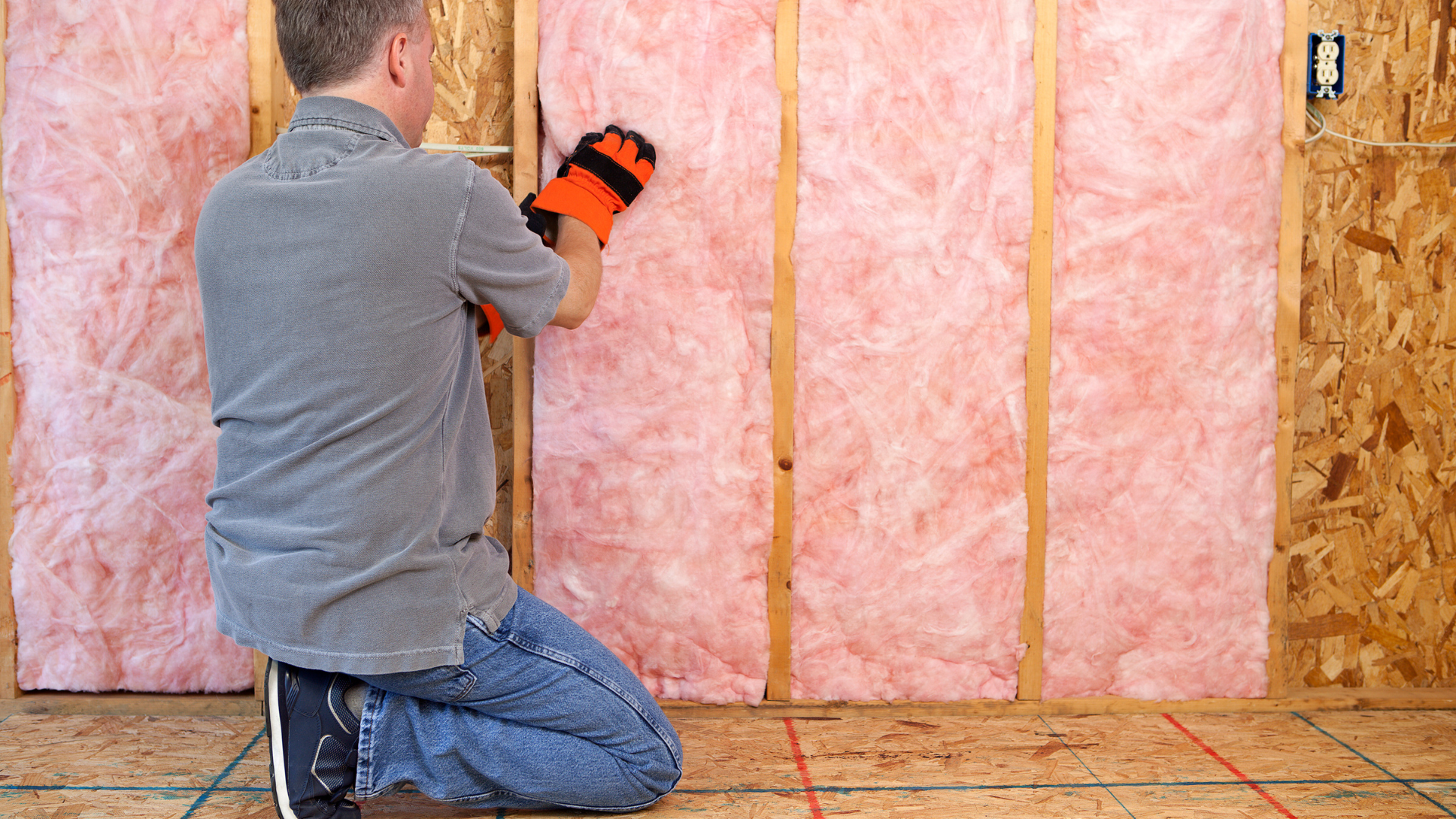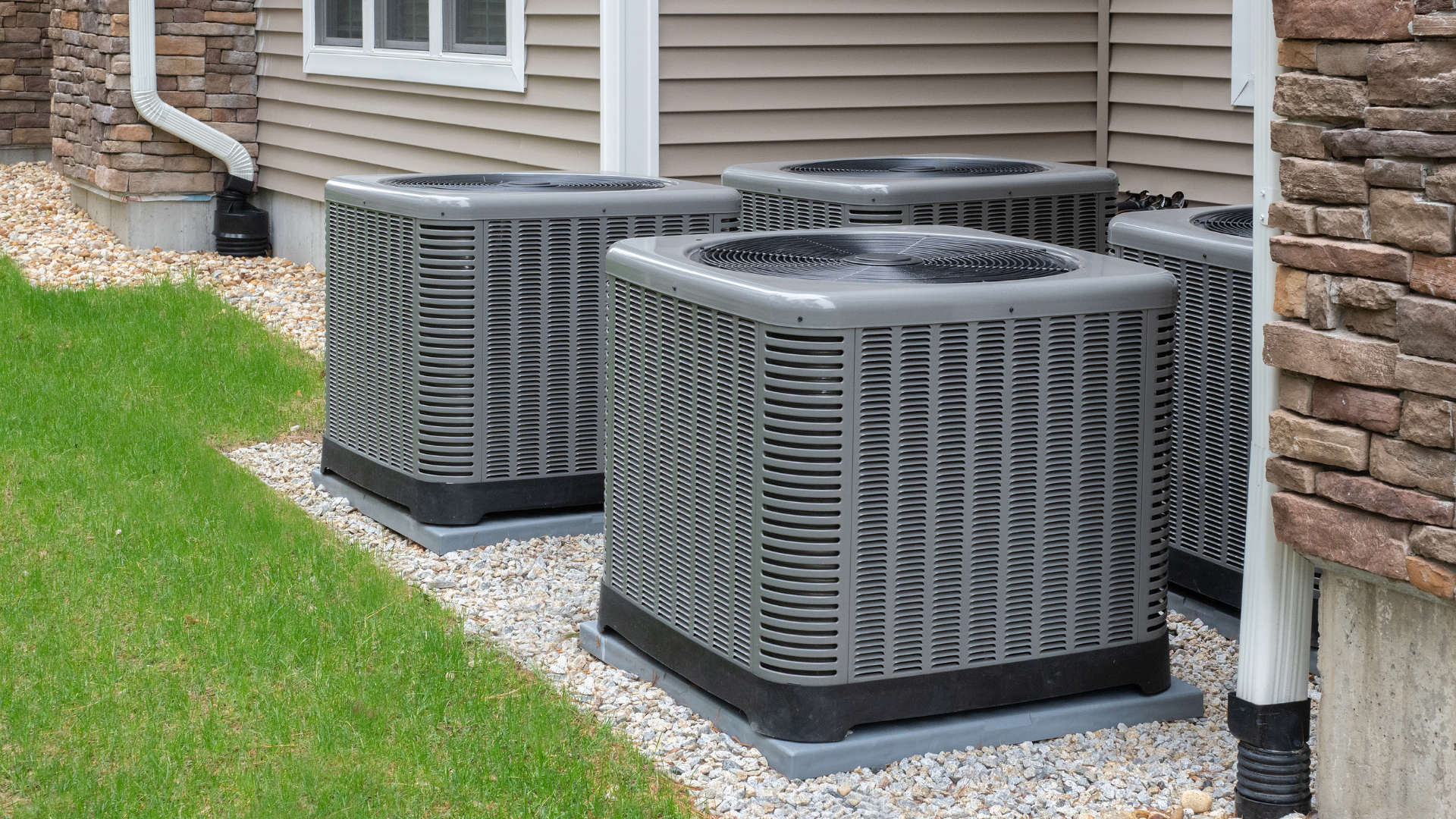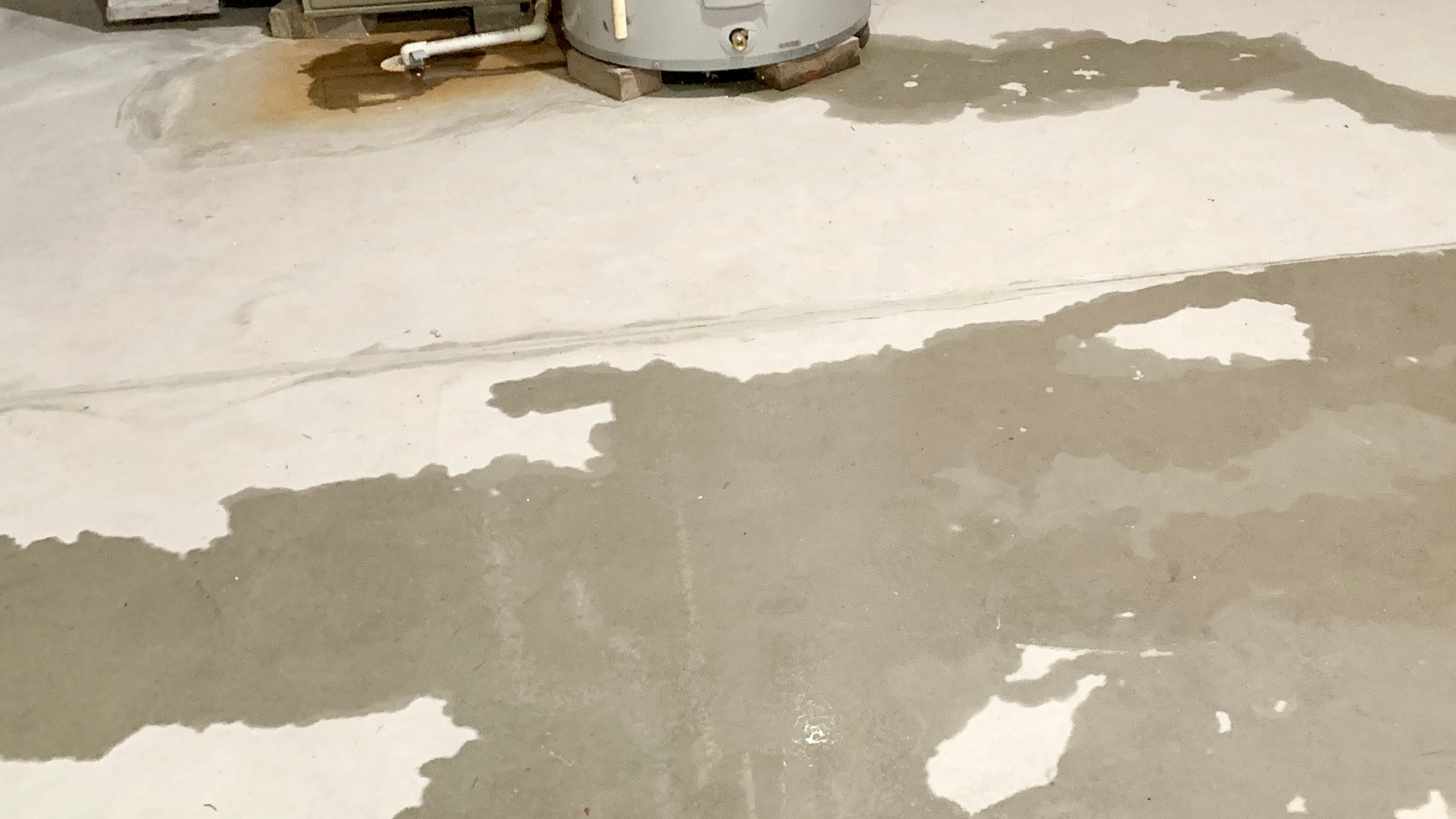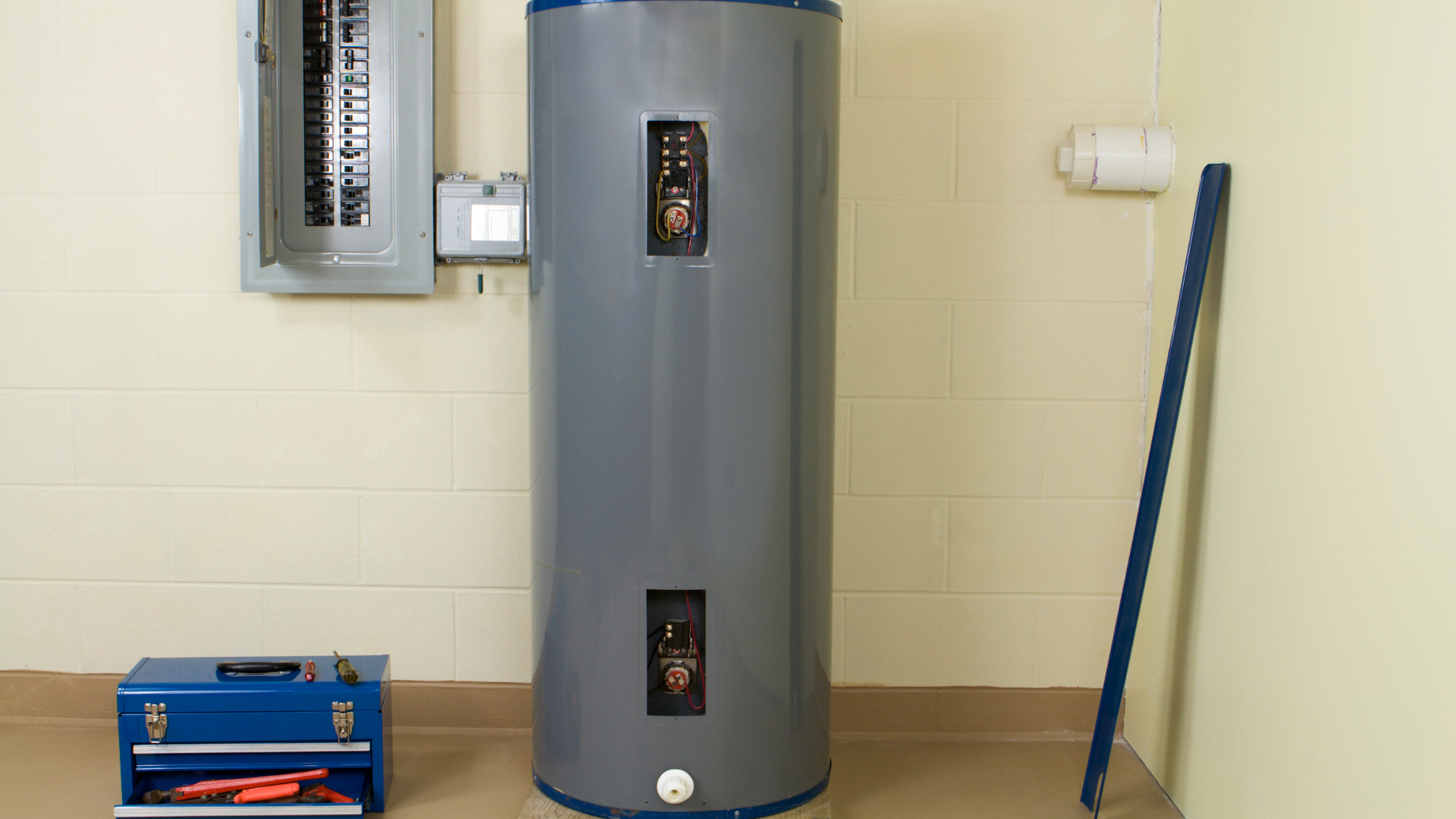Your Heat Pump or AC is Low on Charge: What Homeowners Need to Know
Your Heat Pump or AC is Low on Charge
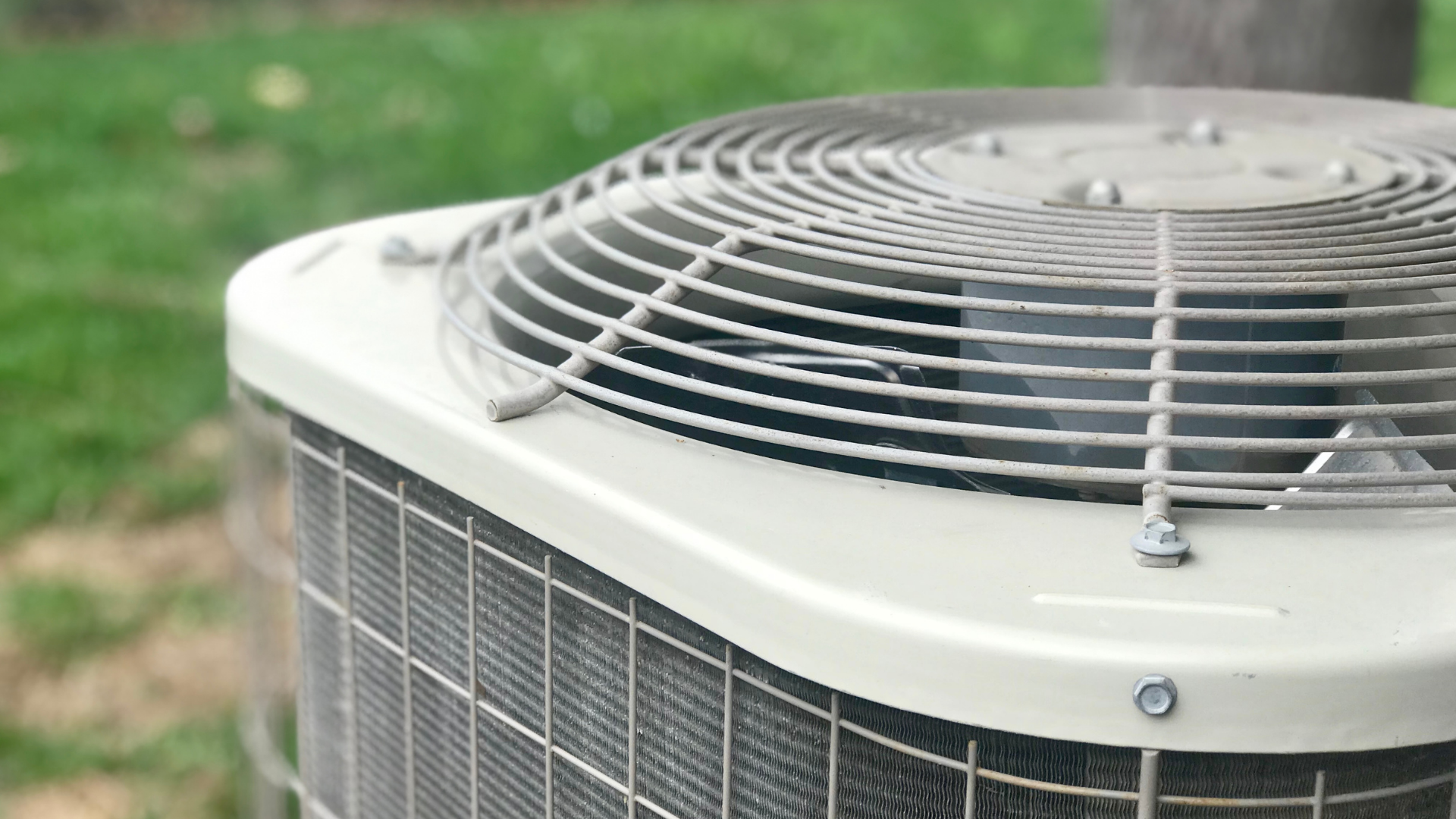
If your heat pump or air conditioner isn't cooling your home effectively, or if you notice other unusual signs, a low refrigerant charge might be the culprit. Refrigerant is the essential fluid that absorbs and releases heat, allowing your system to cool (or heat, in the case of a heat pump) your home. Unlike fuel in a car, refrigerant is not consumed during normal operation; if your system is low, it indicates a leak.
Signs Your System is Low on Charge
Identifying a low charge early can prevent further damage to your HVAC system. Look out for these common indicators:
- Warm air blowing from vents: This is often the most noticeable sign. If your system is running but not providing cool air, it's a strong indication.
- Reduced airflow: A low charge can cause the evaporator coil to freeze, hindering proper air circulation.
- Hissing or bubbling noises: These sounds often point to a refrigerant leak.
- Ice buildup: You might see ice or frost on the refrigerant lines, the outdoor unit, or the evaporator coil. This happens because the refrigerant isn't absorbing enough heat.
- Increased energy bills: When your system struggles to cool your home due to low refrigerant, it has to work harder and run longer, leading to higher electricity consumption.
- Constant cycling (short-cycling): The unit may turn on and off frequently as it attempts to reach the desired temperature but fails.
- High humidity indoors: Heat pumps and ACs typically help to dehumidify your home. If you notice increased indoor humidity, it could be a sign of low refrigerant.
- System taking longer to cool: Your unit might run for extended periods without achieving the set temperature.
What to Do If You Suspect a Low Charge
If you observe any of these signs, it's crucial to take action promptly.
Turn off your HVAC system: Continuing to run a system with low refrigerant can cause significant damage to components, especially the compressor, which is often the most expensive part to replace.
Inspect for ice buildup: If you see ice on the coils or lines, turn off the system immediately and allow it to thaw completely. Restricted airflow from ice can worsen the problem.
Check your air filter: While not directly related to refrigerant, a dirty air filter can restrict airflow and sometimes mimic symptoms of a low charge. Ensure your filter is clean and replace it if necessary.
Do NOT attempt a DIY recharge: This is arguably the most important piece of advice. Refrigerant handling is regulated by the Environmental Protection Agency (EPA) due to its environmental impact. Only EPA-certified technicians are legally allowed to handle refrigerants.
- Dangers of DIY: DIY recharge kits available for cars are not suitable for home HVAC systems. Attempting to add refrigerant yourself can lead to:
- Overcharging: Adding too much refrigerant can severely damage the compressor and other components.
- Incorrect refrigerant type: Using the wrong type of refrigerant can create dangerous chemical reactions and damage your system.
- Environmental harm: Improper handling or leaks release harmful refrigerants into the atmosphere.
- Personal injury: Refrigerants can cause chemical burns and frostbite if they come into contact with skin or eyes, and inhaling fumes can lead to health issues.
- Masking the real problem: A low charge almost always indicates a leak. "Topping off" the refrigerant without finding and fixing the leak is a temporary fix that allows the refrigerant to continue escaping and moisture to enter the system, leading to further damage and more costly repairs down the line.
Contact a qualified HVAC professional: This is the only safe and effective course of action. A professional technician will:
- Diagnose the problem: They have the specialized tools and expertise to accurately measure refrigerant levels and pinpoint the cause of the low charge, which is almost always a leak.
- Locate and repair leaks: Simply adding more refrigerant without fixing the leak is a waste of money and harmful to the environment. Technicians are trained to find and repair leaks.
- Recover existing refrigerant: Before repairing a leak or recharging, they will properly recover any remaining refrigerant, preventing its release into the atmosphere.
- Recharge with the correct amount: After repairs, they will accurately recharge your system with the manufacturer-specified type and amount of refrigerant.
- Ensure compliance: They are certified to handle refrigerants according to EPA regulations.
Why is My System Low on Charge?
As mentioned, refrigerant is not used up. If your system is low on charge, it means there's a leak in the sealed system. Common reasons for leaks include:
- Age and wear: Over time, seals and connections can degrade, leading to small leaks.
- Corrosion: Corrosive elements in the air or within the system can cause deterioration of coils and lines.
- Manufacturing defects: Less common, but sometimes systems can have defects that lead to leaks.
- Physical damage: Accidental damage during installation or maintenance can compromise the refrigerant lines.
Conclusion
.A low refrigerant charge in your heat pump or air conditioner is a clear sign that something is wrong, most likely a leak. While the symptoms can be frustrating, it's vital to resist the urge to "top off" the refrigerant yourself. For the safety of your home, your system, and the environment, always enlist the services of an EPA-certified HVAC professional to diagnose, repair, and properly recharge your system. Regular maintenance can also help identify potential issues before they become major problems, ensuring your home stays comfortable and your system runs efficiently for years to come.
Sources:
- ClimateCare. (n.d.). Understanding HVAC Refrigerant Recharges: Frequently Asked Questions. Retrieved from https://www.climatecare.com/blog/understanding-hvac-refrigerant-recharges-frequently-asked-questions/
- Environmental Heating & Air Solutions. (2023, April 13). 9 Signs Your Air Conditioner Is Low On Refrigerant. Retrieved from https://ehasolutions.com/9-signs-that-your-air-conditioner-is-low-on-refrigerant/
- HVAC.com. (2023, July 31). Heat Pump Not Cooling: The Most Common Problems and Solutions. Retrieved from https://www.hvac.com/expert-advice/the-most-common-heat-pump-problems-how-to-avoid-them/
- Repair One Tire & Auto. (n.d.). The Dangers of Doing Car A/C Recharge at Home. Retrieved from https://repaironeauto.com/dangers-car-ac-recharge-at-home/
- Spectrum4Air. (2023, July 31). 4 Dangers of Using an AC That's Low on Refrigerant. Retrieved from https://spectrum4air.com/blog/4-dangers-of-using-an-ac-thats-low-on-refrigerant
- Trane®. (n.d.). What Is a Home AC Recharge and Do I Need One? Retrieved from https://www.trane.com/residential/en/resources/glossary/what-is-a-home-ac-recharge/
- U.S. Environmental Protection Agency (EPA). (n.d.). Homeowners and Consumers: Frequently Asked Questions. Retrieved from https://www.epa.gov/ods-phaseout/homeowners-and-consumers-frequently-asked-questions
- Westland HVAC + Plumbing. (2023, April 20). Warning Signs of Low Refrigerant in Your AC or Heat Pump. Retrieved from https://westlandhvac.com/cooling/warning-signs-of-low-refrigerant-in-your-ac-or-heat-pump/
Click Another Article to Read More

